For collectors and investors, few stamps present more intrigue and value than rare Chinese overprint issues. These stamps, bearing additional overprinted elements like characters, symbols, and graphics, hold an air of mystery and historical significance that drives the demand on the Chinese philately market. This guide will explore the storied history of Chinese overprints, uncover the most famous and sought-after issues, and provide essential tips for collectors looking to find, authenticate, and care for these treasured rarities of Chinese and Asian philately.
Overprinted stamps came about primarily due to sudden changes in currency, regime, and periods of unrest in China throughout the 20th century. For short periods, existing stamp stock was quickly overprinted with new designs and denominations to meet pressing needs. Other times, overprinting was used to commemorate leaders or mark major events. The rushed and specialized nature of overprinted stamp production runs meant limited supply – further adding to collectibility and value in the Chinese stamp market.
Casual collectors and devoted philatelists alike are drawn to the intrigue of Chinese overprints. These stamps capture a fascinating period in China’s rich history and provide opportunities to own true rarities. Valuable overprints like the 1930 $1 Sun Yat-sen or 1960s communist Cultural Revolution era stamps trade for thousands to millions of dollars in auction houses like Sotheby’s and Christie’s and dealers like Stanley Gibbons. For investors and collectors trying to accurately appraise and value Chinese overprints, nuances like color, printing technique, perforations, and small overprint variations impact value.
This guide will uncover everything collectors need to know about actively seeking out rare Chinese overprint stamps, verifying authenticity, understanding value factors, and properly caring for their prized acquisitions. For the stamp investor and philatelist alike, rare Chinese overprints present an intriguing, rewarding, and potentially lucrative pursuit.
History and Context of Chinese Overprint Stamps
Overprinted stamps first emerged in China in the late 1890s, but it was in the early 20th century that some of the most prized overprints for collectors were created. Political turmoil, currency reforms, and rapid changes in leadership in China all contributed to several notable overprint issues.
One of the most famous is the 1930 $1 Sun Yat-sen overprint. Sun Yat-sen, the revolutionary leader and founding father of the Republic of China, died in 1925. In 1930, a new $1 stamp depicting his portrait was issued. A very limited number were subsequently overprinted to commemorate the commissioning of a new highway named in his honor. It is believed only 30 examples were ever overprinted, making this one of the great rarities in all Chinese philately.
In 1948, with inflation soaring, it became necessary to introduce a new currency known as the Gold Yuan. Several stamps from the 1930s and 1940s were overprinted with new Gold Yuan values to meet currency needs. These overprints featured striking bright gold characters on the original stamp designs. High denomination values like 5 and 10 Gold Yuan overprints are highly coveted today.
Later in the turbulent 1960s and 70s, Communist Party overprints from the Cultural Revolution era also hold intrigue for collectors. Stamps were overprinted with slogans like “Long Live Chairman Mao” as part of political mass propaganda campaigns. Given the specialized nature and short production periods, these Cultural Revolution overprints are scarce today.
For collectors focused on Chinese philately, understanding the historical contexts that created these overprint issues is key to appreciating their value and rarity. The unique circumstances and brief production windows of overprints like the Sun Yat-sen, Gold Yuan, and Cultural Revolution stamps provide fascinating glimpses into China’s rich history and make them extremely prized on the rare stamp market.
Most Valuable and Famous Chinese Overprints
While rarities like the Sun Yat-sen $1 overprint command millions, there are some other famous and valuable overprints that Chinese philately enthusiasts covet.
One incredibly rare find is the 1961 50th Anniversary of the Republic overprint issue. This commemorative overprint was created on October 10, 1961, to mark the 50th year since the founding of the Republic of China in 1911. It was in production only one day before being withdrawn and destroyed. Only a handful of examples survived, making this one of the most elusive Chinese overprints. A single known mint example sold at auction in 2010 for over $1 million.
Another famous rarity is the 1968 whole flag overprint. During the Cultural Revolution, China decided to stop using perforations on stamp sheets, instead opting for rouletting which separated stamps by thin rounded ridges. A small number of 1968 stamps were experimentally overprinted with the whole flag design before regular production. These rare examples feature the overprint across the entire intact unseparated sheet. High-grade examples fetch over $30,000 at auction.
More common but still valuable overprints include the 1946 customs gold yuan overprints, 1953-57 Tapei meteorological overprints, and 1966 anti-imperialism exhibition overprints. While not reaching the rarified status of Cultural Revolution-era overprints, these issues remain highly collectible with values ranging from $100 to over $10,000 depending on factors like condition and denomination.
For the Chinese overprint collector and specialist, awareness of these famous and scarce overprinted issues is essential. Learning to identify them is the first step to building a valuable Chinese overprint collection or portfolio.
Finding Rare Chinese Overprints
For the dedicated Chinese overprint collector, knowing where to source and locate rare Chinese stamps is essential. Though difficult, with persistence and an eye for deals, building an impressive collection is possible. Here are some top sources for finding coveted Chinese overprints:
Auction Houses Major auctioneers like Sotheby’s and Christie’s periodically offer sales focused exclusively on Chinese stamps and overprints. Their experts can authenticate and estimate values. Viewing auction archives can give an idea of market values too. Smaller regional auction houses may feature Chinese collections as well.
Dealers, Reputable stamp dealers like Stanley Gibbons specialize in Chinese overprints and can help collectors build their collections. They may acquire high-value overprints not readily available elsewhere. Developing relationships with trustworthy dealers is key.
Collector Networks Connecting with other collectors through forums, groups, and clubs can uncover rare overprint opportunities. Members often trade and sell amongst themselves before going to the public market. The American Society of Philatelists is one prominent network.
Estate Sales Rare overprints can turn up in unlikely places. When estates and private collections go on sale, gems can emerge before being scooped up by dealers. Working with appraisers facilitates access.
While persistence and luck in hunting elusive overprints are required, the thrill of the search keeps enthusiasts engaged. With a discerning eye and access to the right networks, building an impressive Chinese overprint collection is possible in time.
Factors Driving Chinese Overprint Value and Rarity
For collectors looking to appraise and value their rare Chinese overprints, being aware of some key factors is essential. Rarity, condition, demand, and tiny production details all impact market cost. Here are some considerations when assessing value:
Rarity As covered earlier, limited production runs of only days or weeks mean very small supplies of some overprints. The 1961 Republic 50th Anniversary issue had a supply of just a few hundred. True rarities command huge premiums.
Condition Like all collectibles, condition greatly impacts value. Lightly hinged overprints in Very Fine condition can be 10X or more the price of loose, heavily hinged examples. Centering, perforations, and cancellations matter too.
Demand Overprints tied to popular historical figures or events have high demand. Cultural Revolution era Maoist overprints are currently rising in popularity and worth.
Varieties Subtle overprint varieties like double overprints shifted colors, and missing characters appeal to specialists. These can spike prices exponentially if verified as genuine by experts.
While the overprints themselves determine rarity, appraisers must weigh all factors to determine fair market valuations. Patience may be required to find overlooked gems or wait for currently obscure overprints to rise in popularity. For the astute collector, a close study of overprint details can pay off handsomely.
Spotting Fakes and Forgeries
When dealing with rare and valuable Chinese overprints, stamp collectors must remain vigilant for sophisticated fakes and forgeries entering the marketplace. Careful examination and expert authentication provide the best defense against counterfeit
Start by scrutinizing the overprint itself using a magnifying glass. Check for any signs of uneven inking, gaps, misalignments, or other inconsistencies that suggest a forged overprint applied after the stamp’s initial production. Genuine overprints will precisely match the underlying stamp design.
Examine perforations under magnification as well. Fakers often use real lower-value stamps and apply fake overprints. Look for perforations that appear tampered with or re-cut after the stamp’s production. Irregular perforation size or alignment can indicate a counterfeit.
Seeking out expert opinions also helps verify legitimacy. Reputable third-party stamp authentication services like The Philatelic Foundation can scientifically analyze rare overprints and detect forged cancellations, overprints, and other alterations. Obtaining a Certificate of Authentication protects buyers.
By carefully inspecting overprints for signs of tampering and leveraging unbiased expert analysis, Chinese overprint collectors can avoid falling victim to counterfeits polluting the marketplace. When purchasing rare stamps online especially, skepticism is warranted. Proceed with caution and do your due diligence.
Caring for and Storing Your Chinese Overprints
Once you acquire a rare Chinese overprint for your collection, proper care and storage help preserve value. Follow these best practices to keep your prized stamps in optimum condition.
Avoid touching the stamp surface as much as possible. Use tongs to lightly grip the edges if you need to handle loose stamps. Skin oils and dirt can stain and devalue stamps over time.
Store stamps in acid-free sleeves or stock books to avoid direct contact. Never use plastic sleeves or envelopes as these cause moisture buildup. Glassine sleeves effectively protect stamps while allowing ventilation.
Do not expose stamps to direct sunlight or other UV light sources. Use albums or stock books that can be closed or stamps kept in drawers. Light causes fading over time.
Control humidity and keep storage spaces climate-controlled. A cool, dry environment prevents stamp damage from heat, moisture, and pests. Use desiccant packs if needed.
Take stamps to be expertly appraised every few years at a minimum. This verifies the condition and may reveal previously unnoticed flaws or new value determinations.
With proper archival quality supplies and a rigorous storage regimen, collectors preserve the integrity of their rare overprints for maximum long-term value. Never take shortcuts when caring for prized Chinese rarities.
Conclusion
For the avid collector and historian alike, rare Chinese overprint stamps present a treasure trove of intrigue and value. As we’ve explored, these elusive stamps give a fascinating glimpse into periods of dramatic change in China’s complex history. From the 1930 Sun Yat-sen overprints to the scarce releases of the Cultural Revolution, overprint collecting opens new worlds.
By understanding the historical and economic forces that drove overprint production, collectors better appreciate their significance. Learning to spot famous overprints teaches identification skills and highlights gems to search for. With a discerning eye for condition and attention to a minor variety of details, values can be accurately assessed. Staying vigilant against sophisticated forgeries protects investments. Proper archival storage preserves these rare stamps for generations to come.
Chinese overprint collecting provides endless opportunities to learn about philately and acquire precious historical artifacts. Whether just starting or looking to advance your collection, the thrill of the hunt for rare Chinese overprints offers immense rewards to those with patience and dedication.

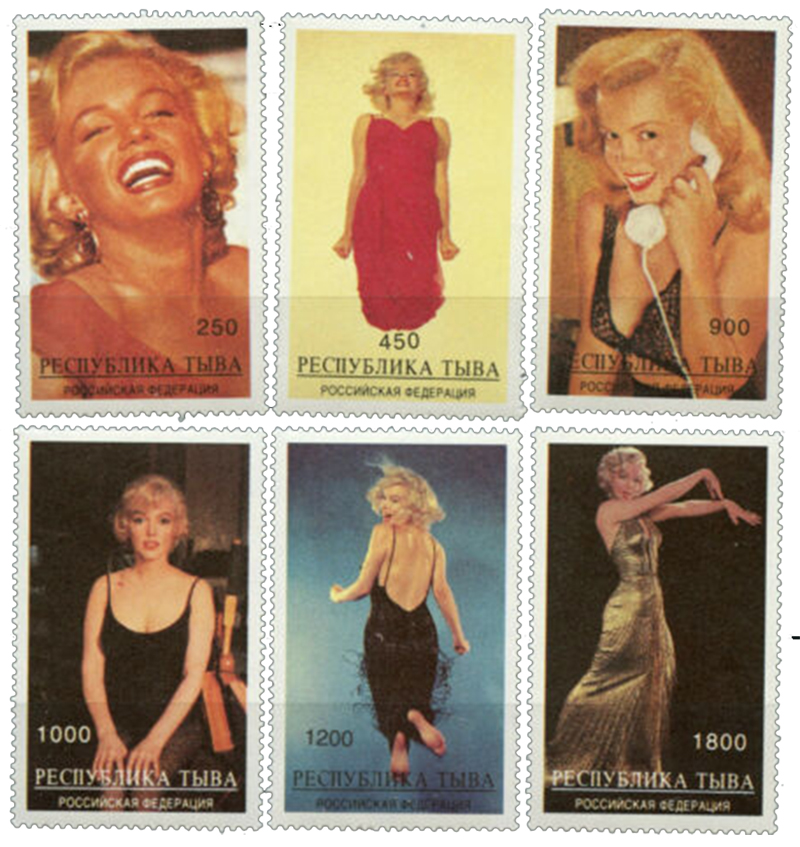
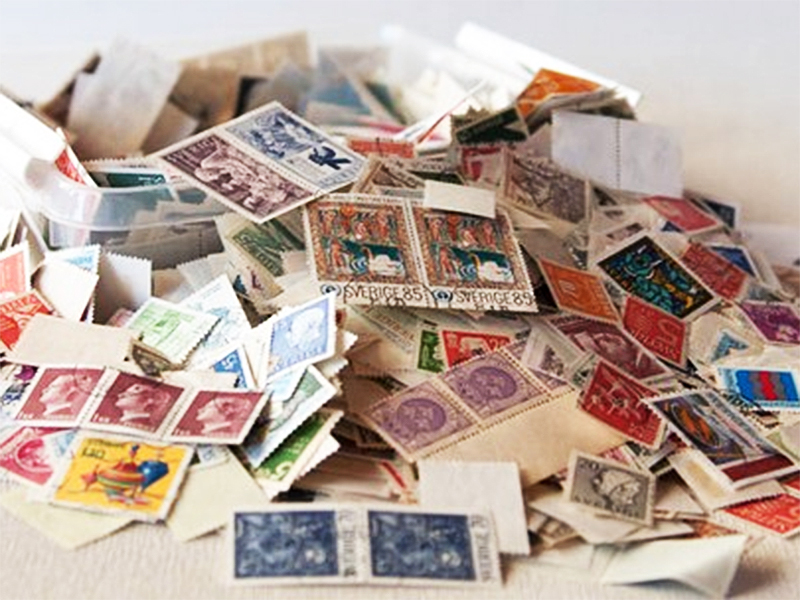
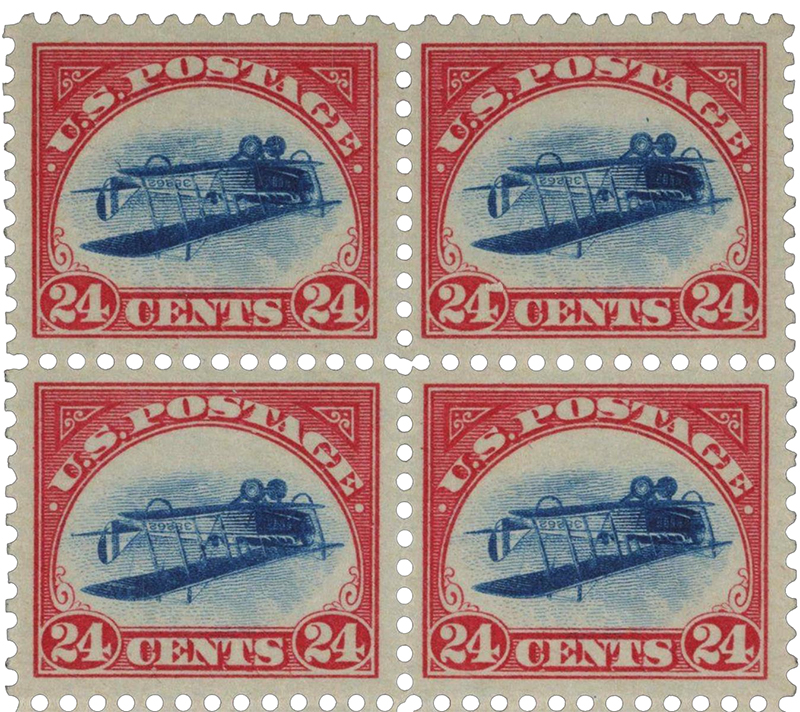
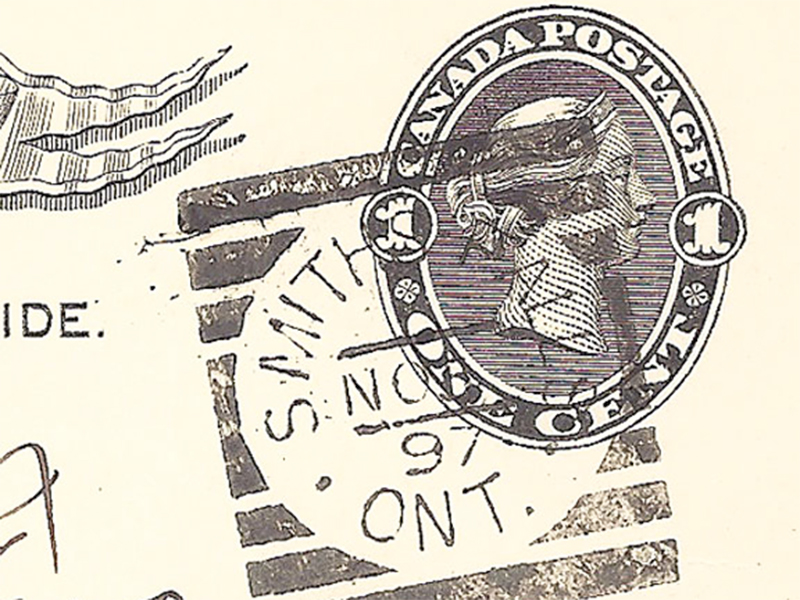
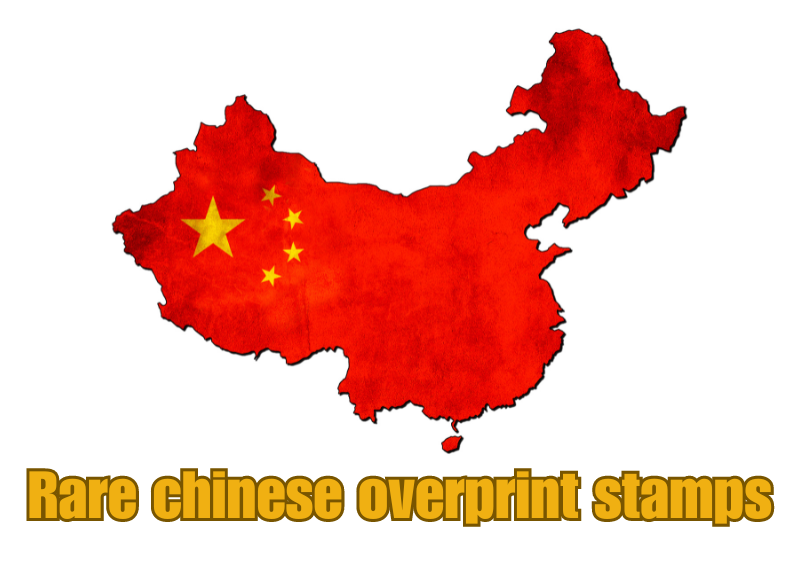




Leave a Reply